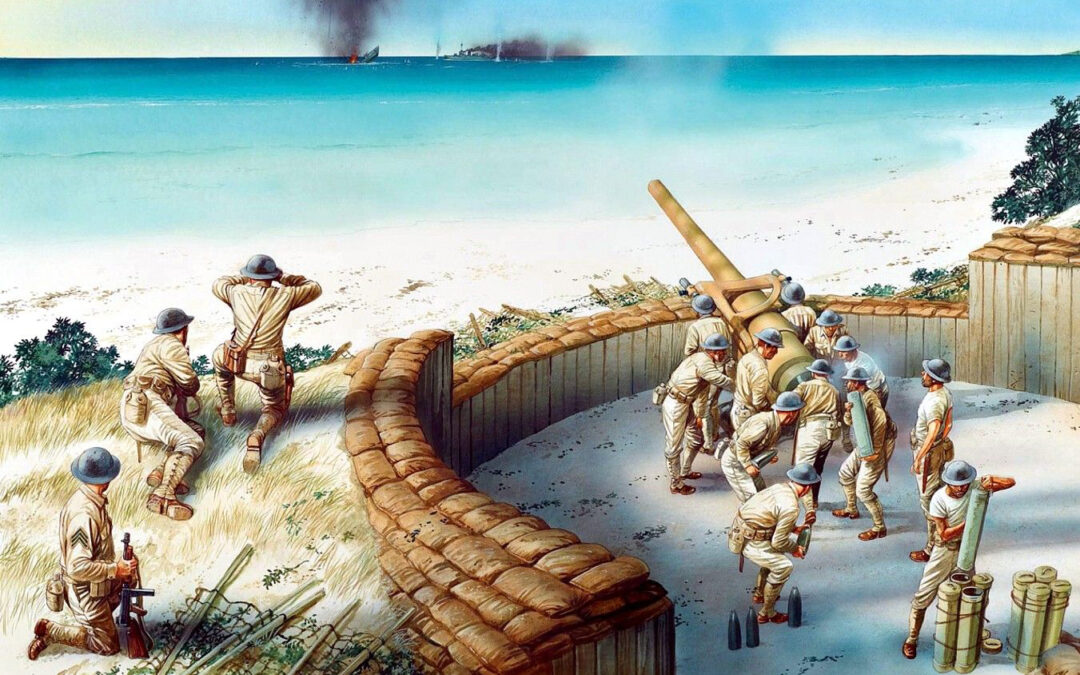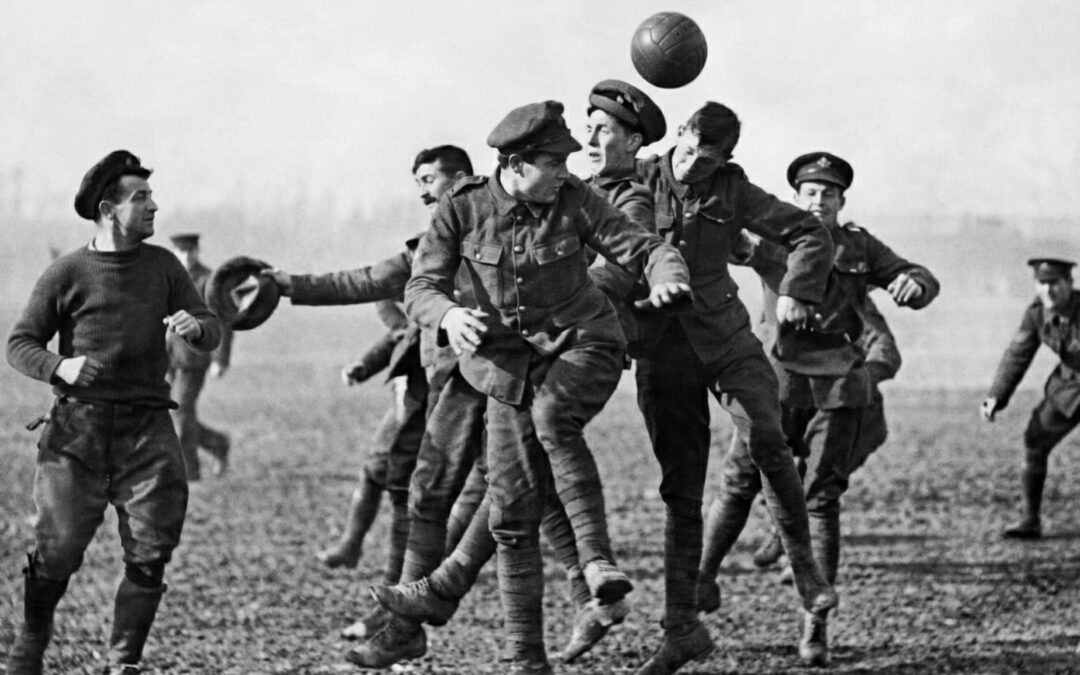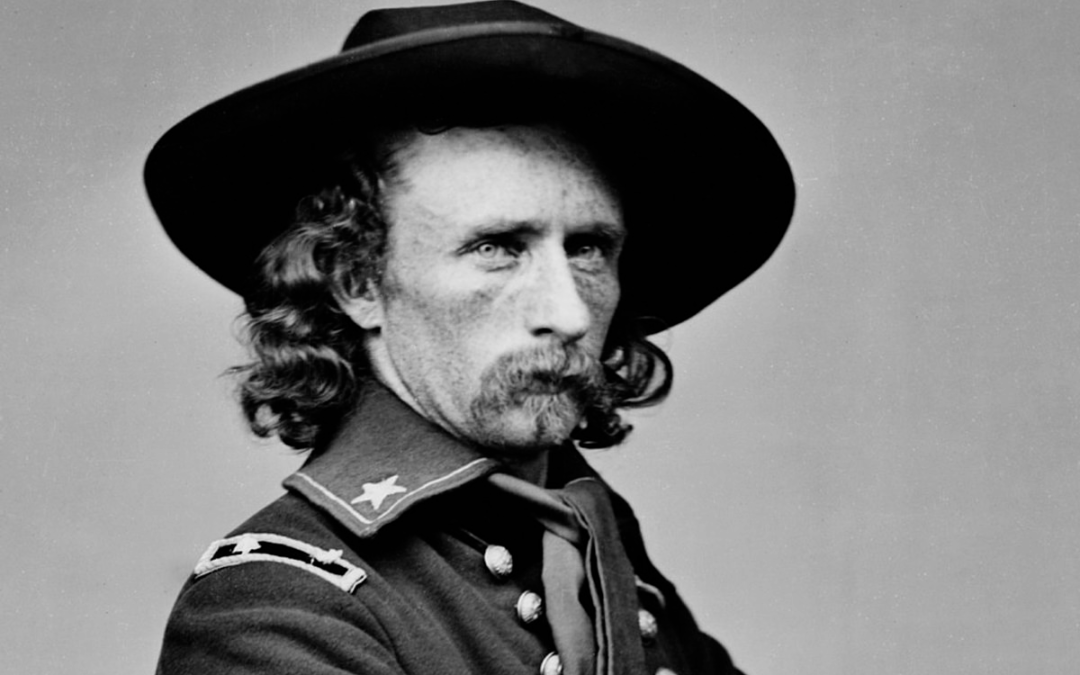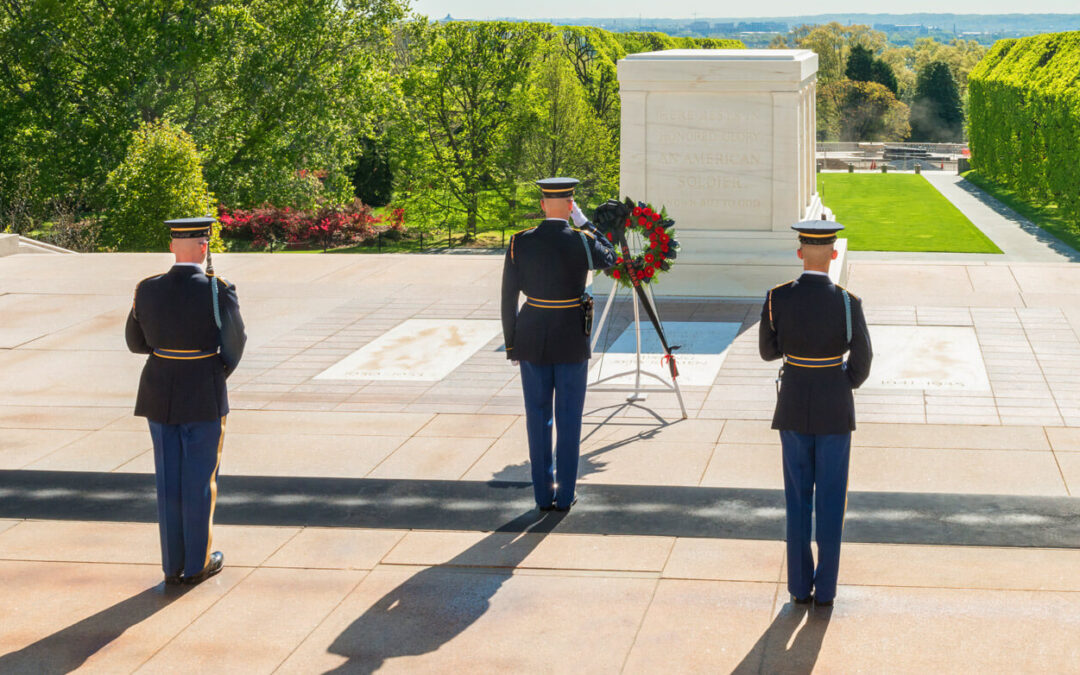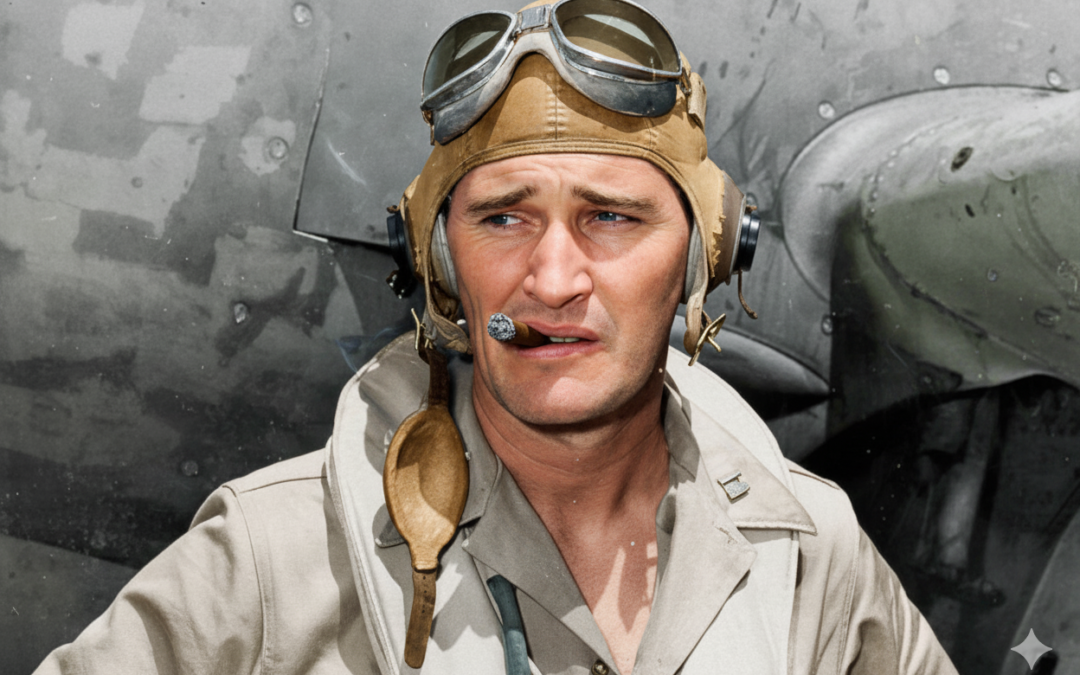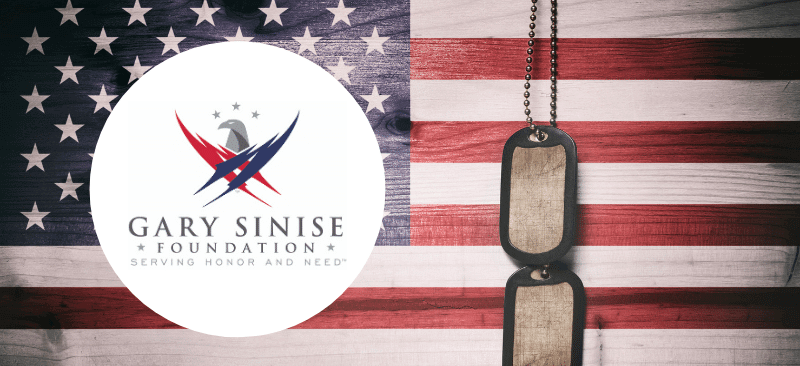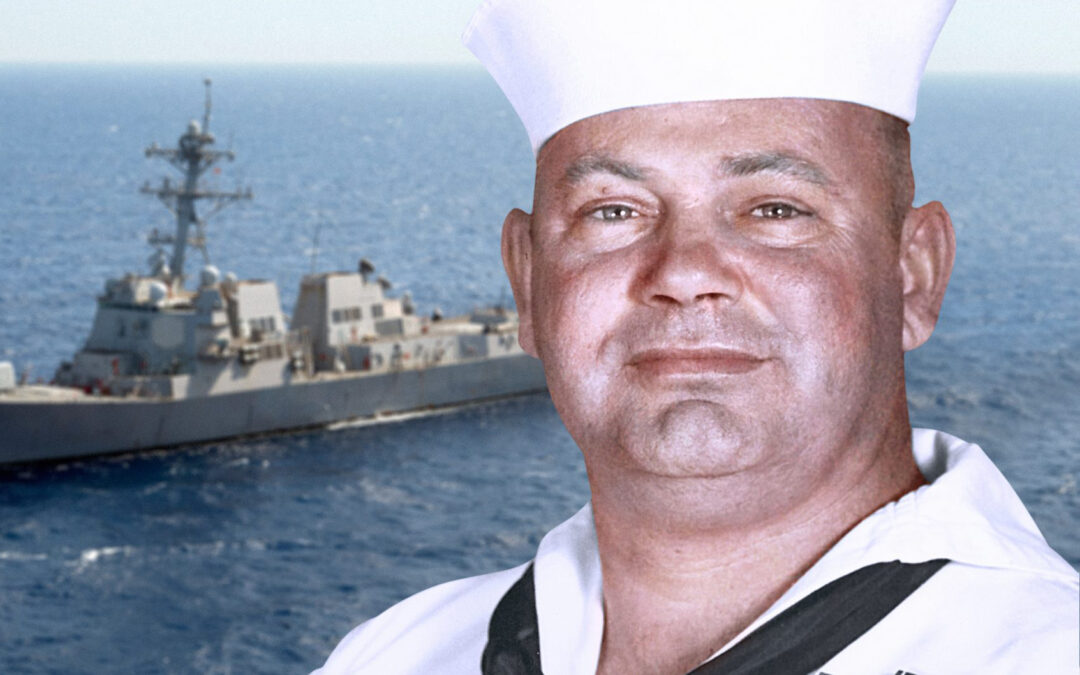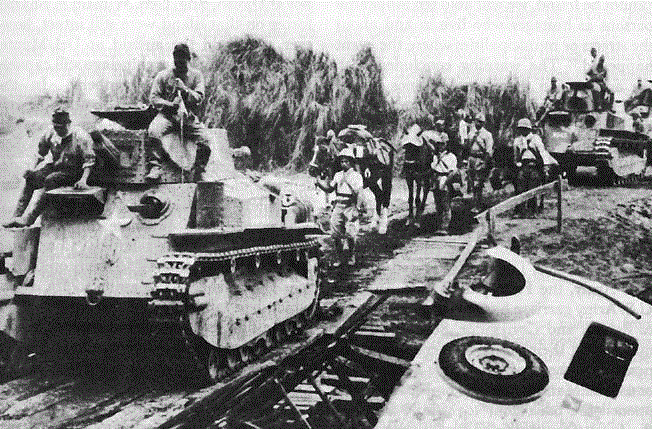In December 1941, as Japan ripped across the Pacific, most American outposts collapsed in days. Guam fell between Dec. 8 and Dec. 10 to a larger Japanese landing force after only brief resistance by a small, lightly armed garrison of sailors and Marines. Wake Island was supposed to be another speed bump. Instead, a few hundred Marines, sailors, and civilian contractors turned it into a two-week fight that delivered the first American tactical victory of the Pacific War and a badly needed...
